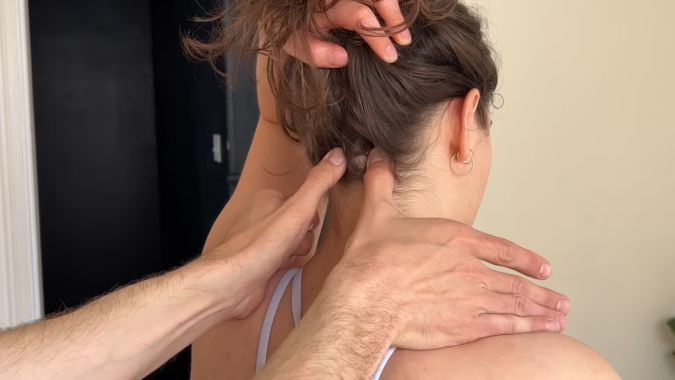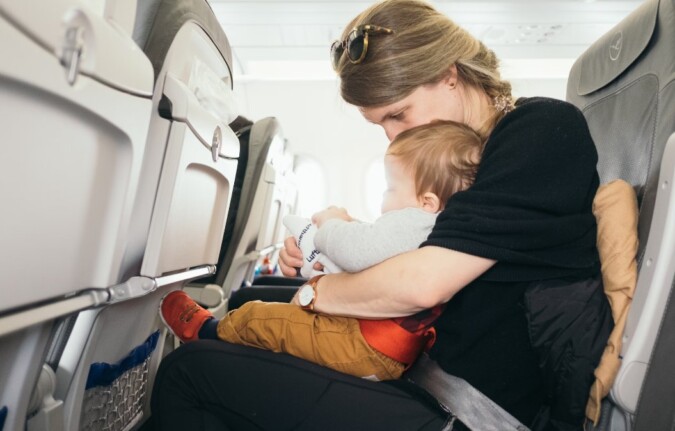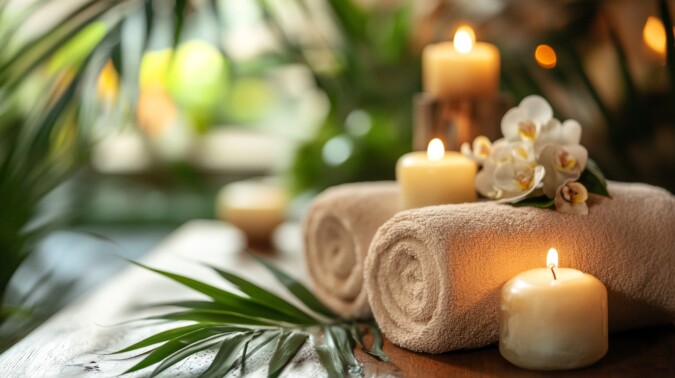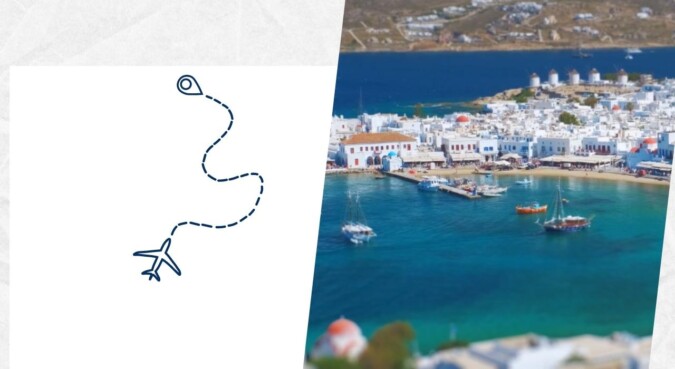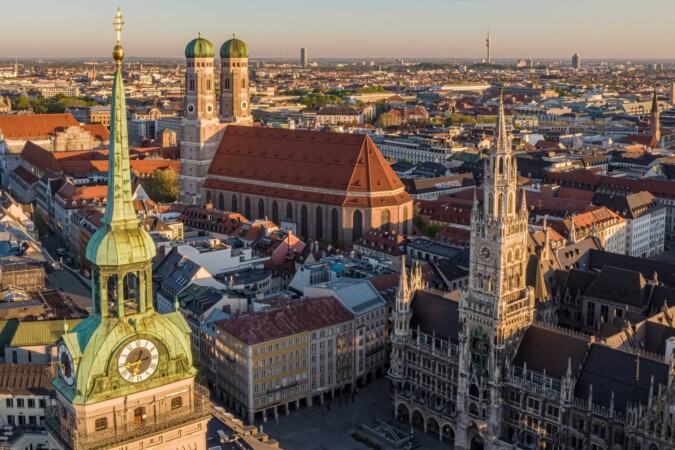Traveling can be an amazing experience, offering new sights, sounds, and adventures. However, the bodily toll it can take on your body is undeniable. Whether it’s a long-haul flight, an extended road trip, or even a short commute, travel often leads to fatigue, stiffness, and overall discomfort.
Fortunately, there are several massage techniques that can help alleviate these symptoms, leaving you refreshed and ready to enjoy your journey. By understanding how to apply these methods, you can transform your travel experience from tiring to rejuvenating, ensuring that you arrive at your destination feeling your best.
What Does Travel Do to Our Bodies?
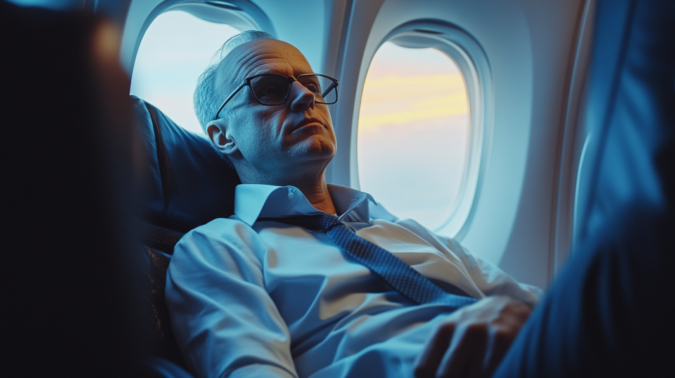
Extended periods of sitting, whether on a plane, train, or in a car, can lead to a host of physical complaints. Muscles become tense from maintaining the same position for too long, and poor circulation can result in swelling, particularly in the legs and feet.
Additionally, the stress and anxiety often associated with travel can exacerbate physical discomfort, leading to headaches, back pain, and overall fatigue. Addressing these issues through targeted massage techniques can significantly improve how you feel during and after your journey.
When the body is confined to a small space for an extended time, such as an airplane seat or car, it’s easy for muscles to become tight and sore. Without proper movement, circulation can decrease, leading to discomfort and fatigue. Travel-induced tension typically accumulates in the neck, shoulders, back, and legs, making these areas prime targets for massage.
What to Do for Neck and Shoulder Pain Relief?
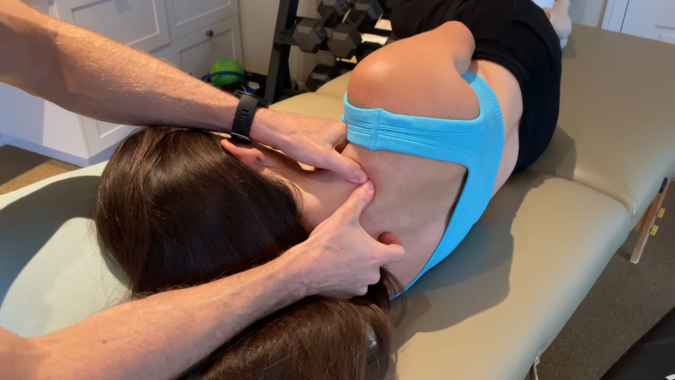
One of the most common complaints among travelers is tension in the neck and shoulders. This discomfort is often caused by prolonged periods of sitting in an awkward position or by carrying heavy bags. Simple self-massage techniques can provide relief, even while you’re on the move.
Gently kneading the muscles at the base of the neck and across the shoulders can help to release tension and improve circulation in these areas. As you can see on sites like Gunmalove, exploring the Swedish massage (스웨디시) can help you alleviate pain and discomfort on all parts of your body, including neck and shoulders.
Another effective method involves applying gentle pressure with your fingers to the base of your skull, just where your neck meets your head. Hold the pressure for a few seconds, then release.
This can help to relieve the tension that often leads to headaches and stiffness. If you’re able to lie down or lean back in your seat, you can also try placing a rolled-up towel or a travel pillow behind your neck to provide support and encourage relaxation of the muscles.
Your Lower Back and Your Hips Are Going to Need Some Love
Sitting for long periods can lead to tightness in the lower back and hips, making it difficult to stand up straight or walk comfortably after a long journey. To alleviate this, focus on gently massaging the lower back with circular motions.
If you’re seated, you can use your knuckles or a small, firm object like a tennis ball to apply pressure to any areas that feel particularly tight. This can help to release the muscle tension that builds up from prolonged sitting.
For the hips, try a simple stretching technique that involves crossing one leg over the other and gently pulling the knee toward your chest. This stretch helps to open up the hips and relieve pressure on the lower back. You can also apply gentle pressure to the hip joints with your hands to help release tension in the surrounding muscles.
Don’t Forget that You Need to Help Your Legs and Feet as Well
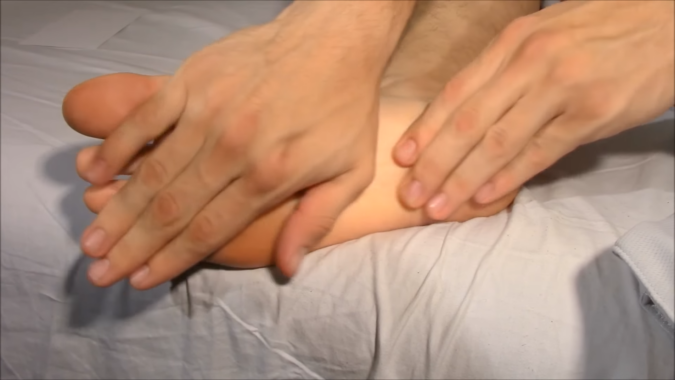
Legs and feet are particularly vulnerable to swelling and discomfort during travel, especially on long flights where movement is limited. Poor circulation can lead to swelling, making it essential to focus on these areas to keep the blood flowing.
A simple massage technique involves using your hands to gently squeeze and release the muscles in your legs, working your way from the ankles up to the thighs. This can help to stimulate circulation and reduce swelling.
For your feet, consider massaging the soles by applying pressure with your thumbs, working from the heel to the toes. You can also rotate your ankles and flex your feet to encourage blood flow.
If possible, take breaks to walk around and stretch your legs. Even a short walk up and down the aisle of a plane or a quick stop during a road trip can make a significant difference in preventing circulation-related discomfort.
How to Relax Your Hands and Wrists After the Long Journey?
The hands and wrists often get overlooked when it comes to addressing travel-related discomfort, but they can also benefit from a bit of attention. Whether you’re gripping the steering wheel for hours on end or typing away on a laptop, your hands and wrists can become stiff and sore.
To alleviate this, try a simple hand massage by gently pressing your thumb into the palm of your opposite hand, making small circles to release tension.
You can also massage each finger, gently pulling and rotating them to relieve stiffness. Stretching your wrists by extending your arm and gently pulling back on your fingers can help to reduce tension in the tendons and muscles.
How Can It Help You Get Rid of The Stress You Are Feeling?
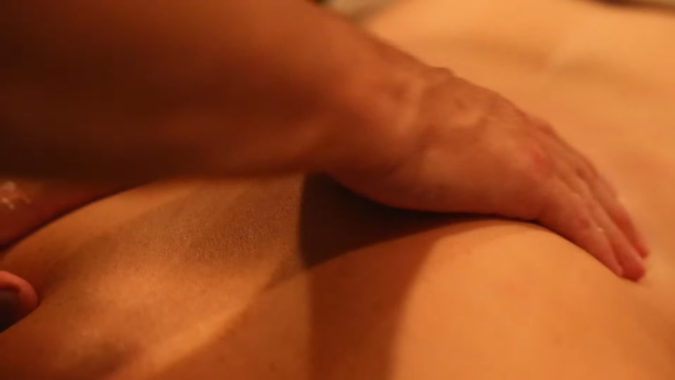
Travel isn’t just physically taxing; it can also be mentally exhausting, leading to stress and anxiety. Incorporating techniques that promote relaxation and reduce stress can be just as important as addressing physical discomfort.
Gentle massage combined with deep breathing exercises can help to calm the mind and ease travel-related stress. Focus on slow, deep breaths while you massage your temples or the base of your neck, allowing your mind to relax along with your muscles.
Visualization techniques can also be effective in reducing travel stress. Imagine yourself in a peaceful, calming environment, and allow your mind to escape from the hustle and bustle of your journey.
Traveling doesn’t have to leave you feeling drained and uncomfortable. By incorporating these simple and effective massage techniques into your journey, you can alleviate the common symptoms of travel fatigue and arrive at your destination feeling more energized and relaxed.

